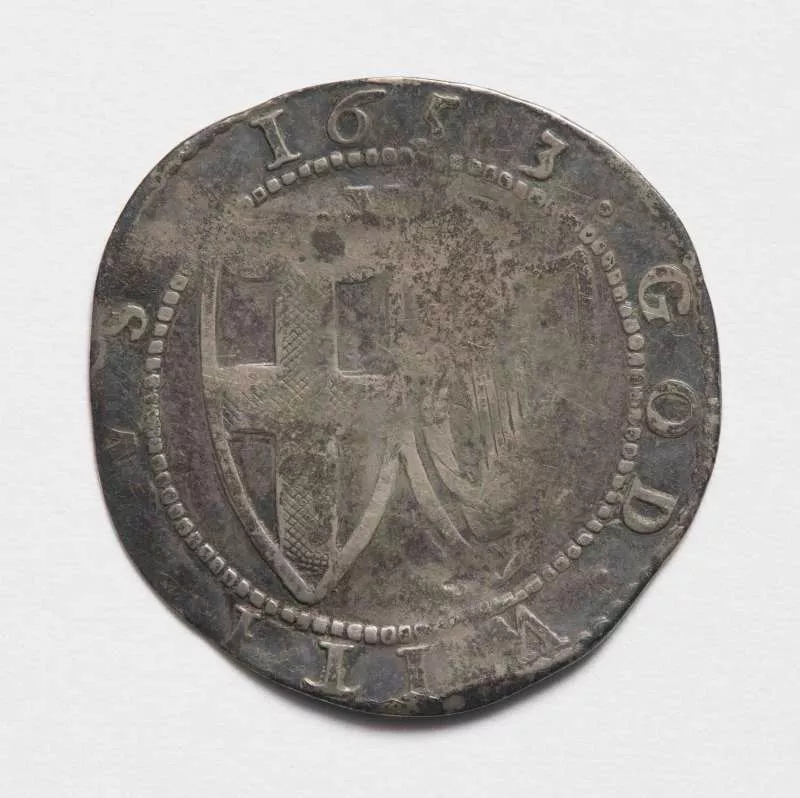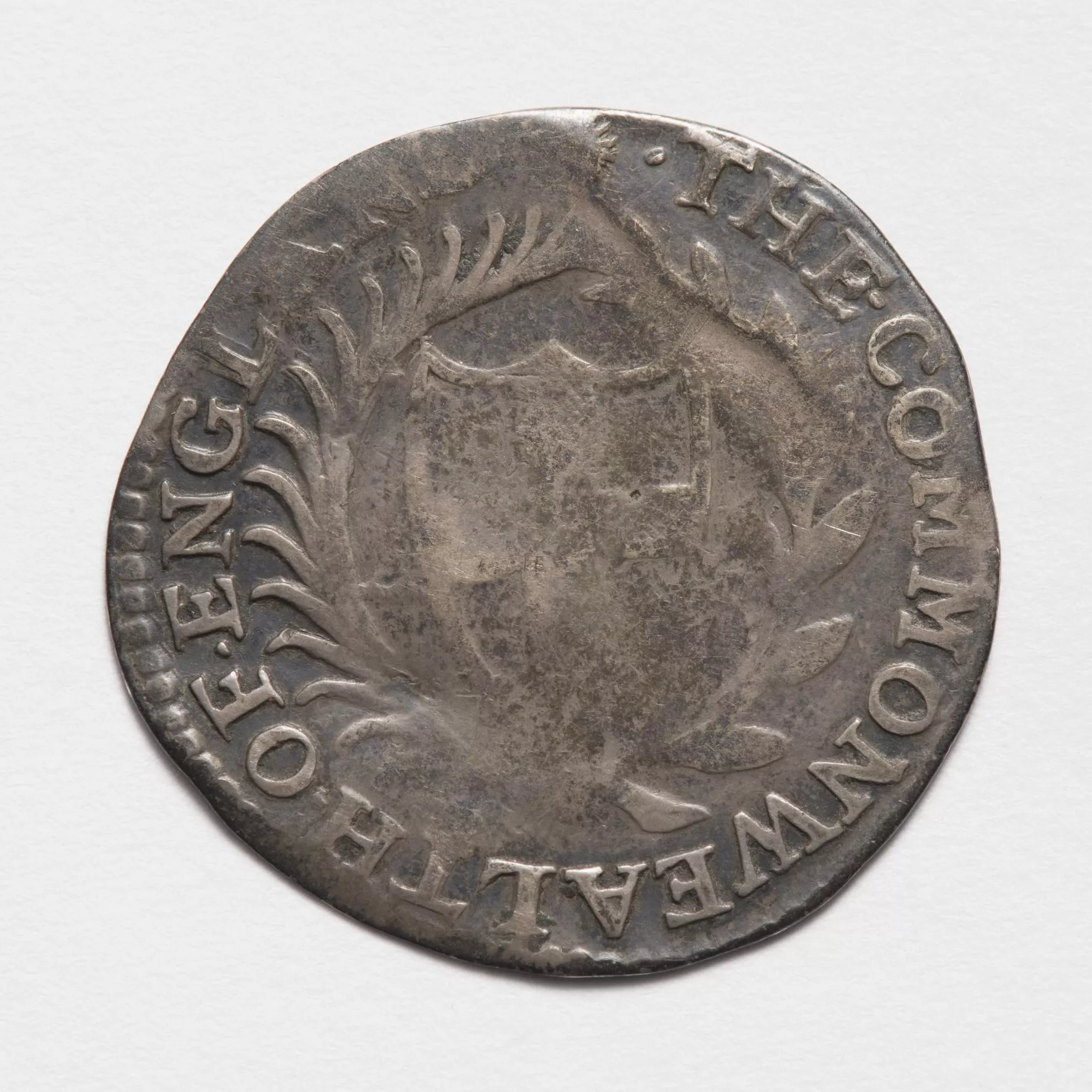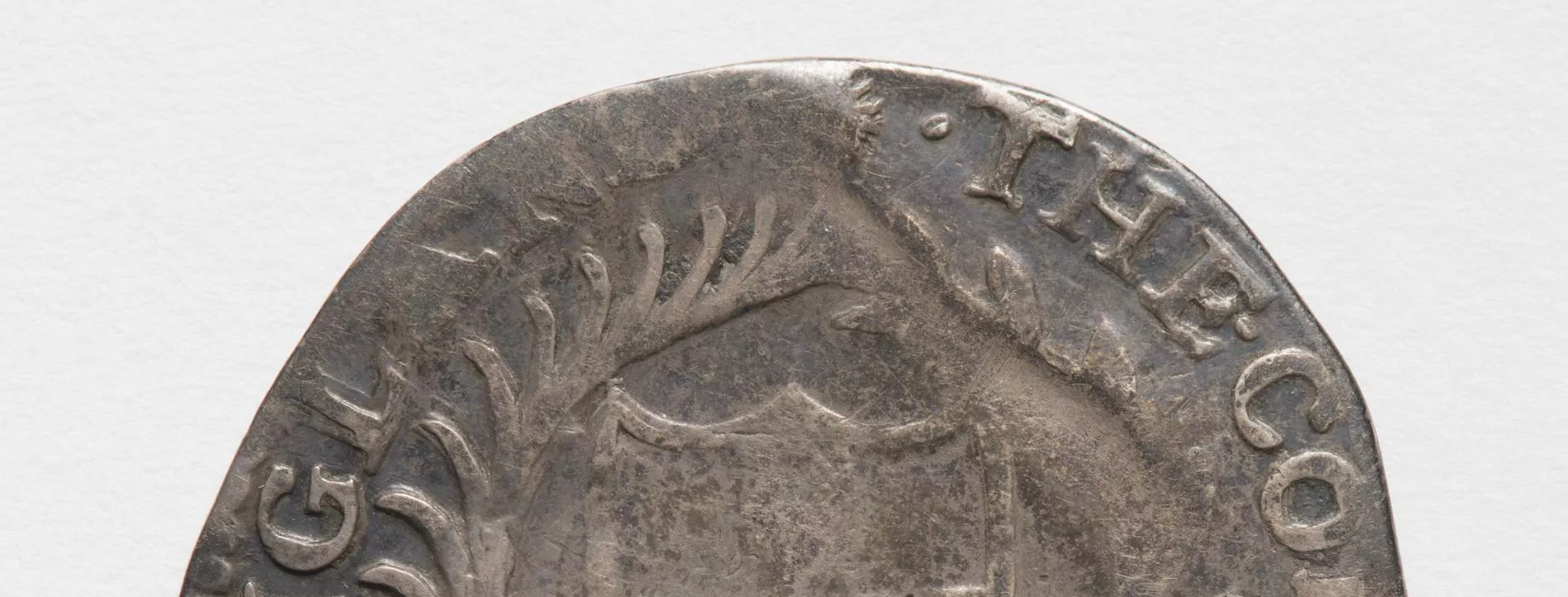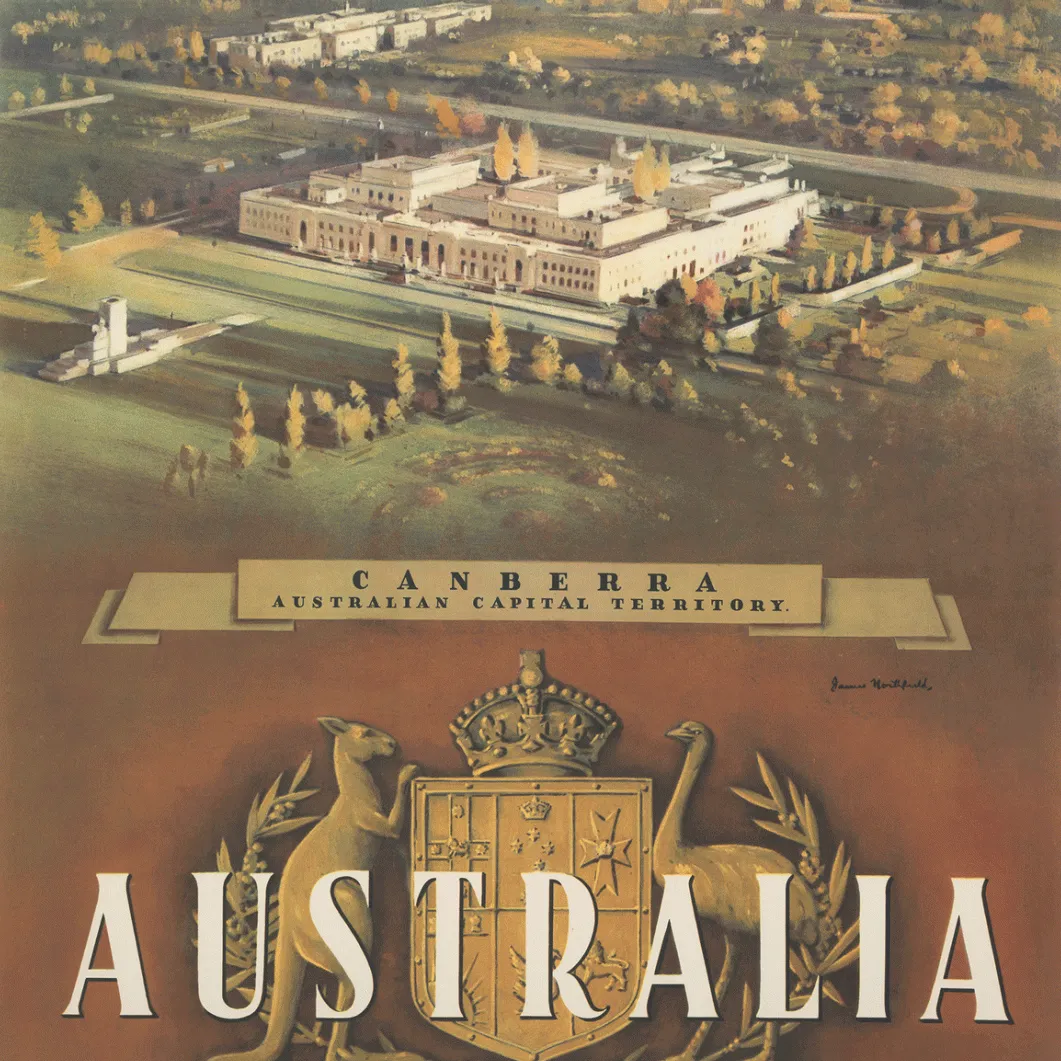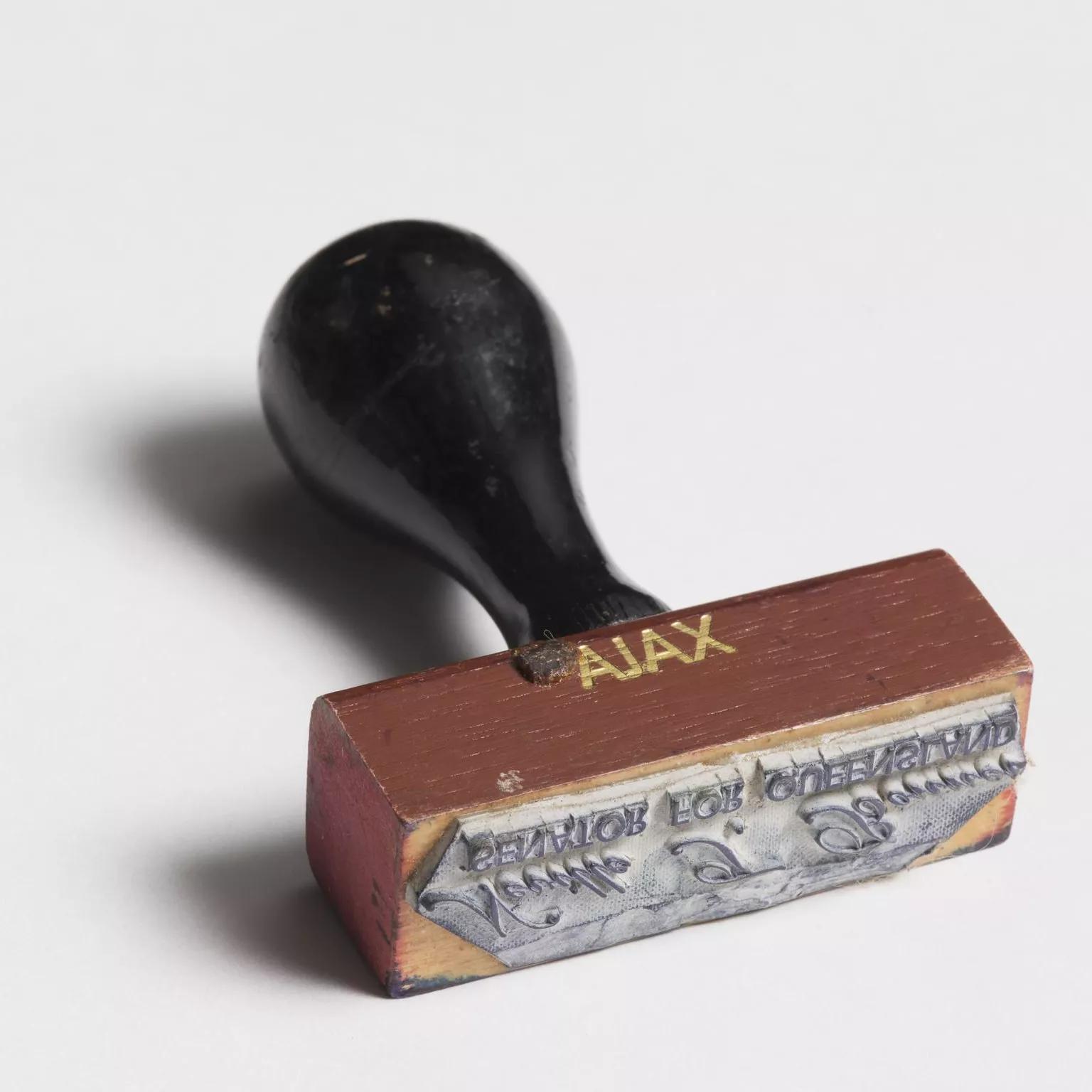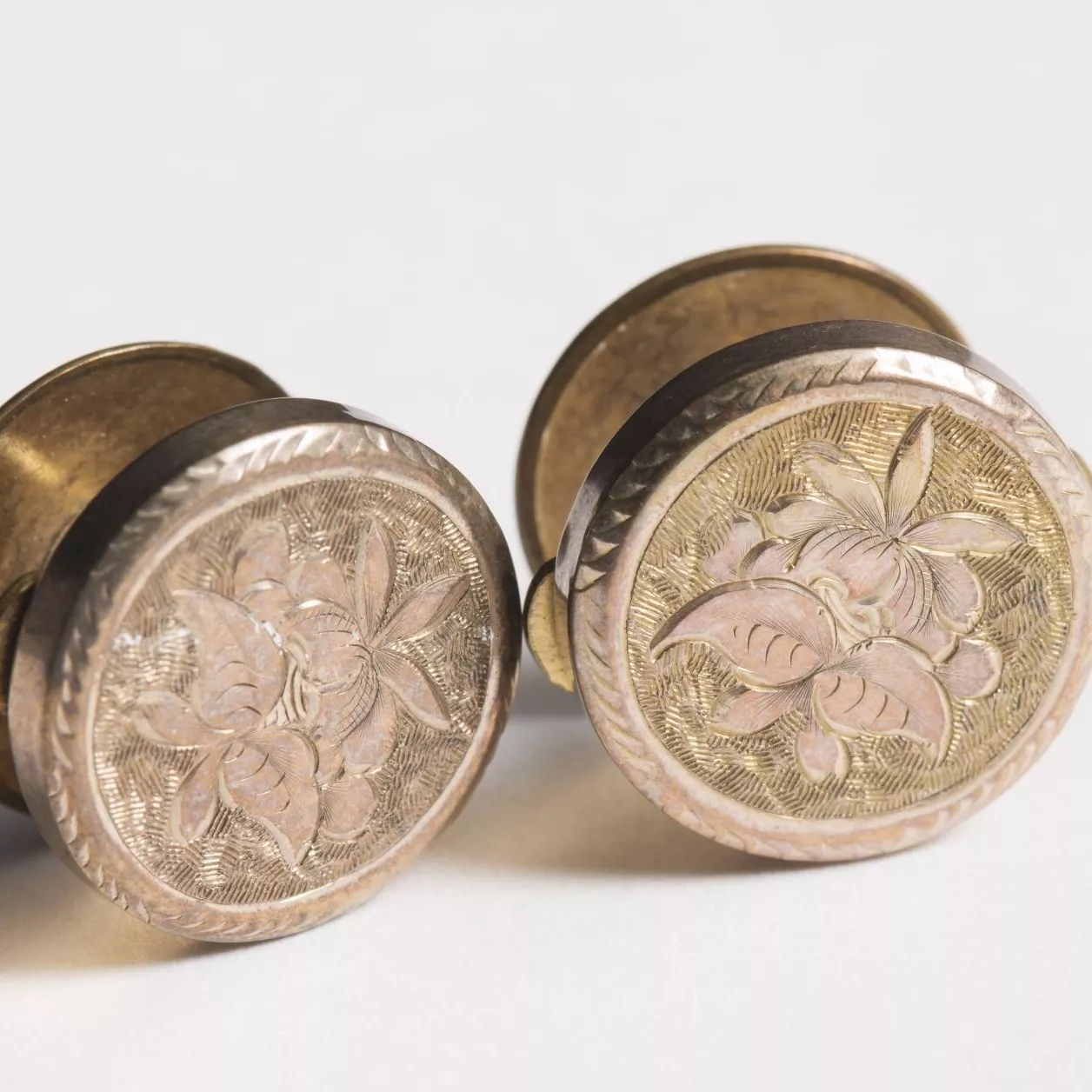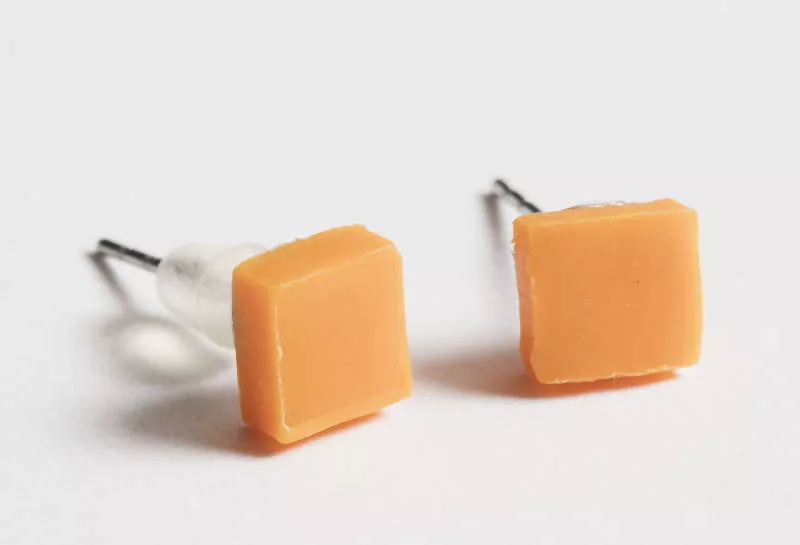Commonwealth of England sixpence
1653 - This rare hammered silver coin represents a foundational idea for the history of parliamentary democracy.
Instead of a king or queen’s portrait, it displays the St George Cross shield surrounded by a laurel and palm motif. This symbolises the peace that followed the English Civil War (1642–52), fought between the supporters of Charles I and those of parliament. In 1649 the king had been overthrown and executed, and the Commonwealth of England (including England, Wales, Scotland and Ireland) established as a republic, with power vested in the parliament. Oliver Cromwell was named Lord Protector of the Commonwealth the year this sixpence was minted. One side of the coin reads ‘Commonwealth of England’ and the other ‘1653. God with us’.
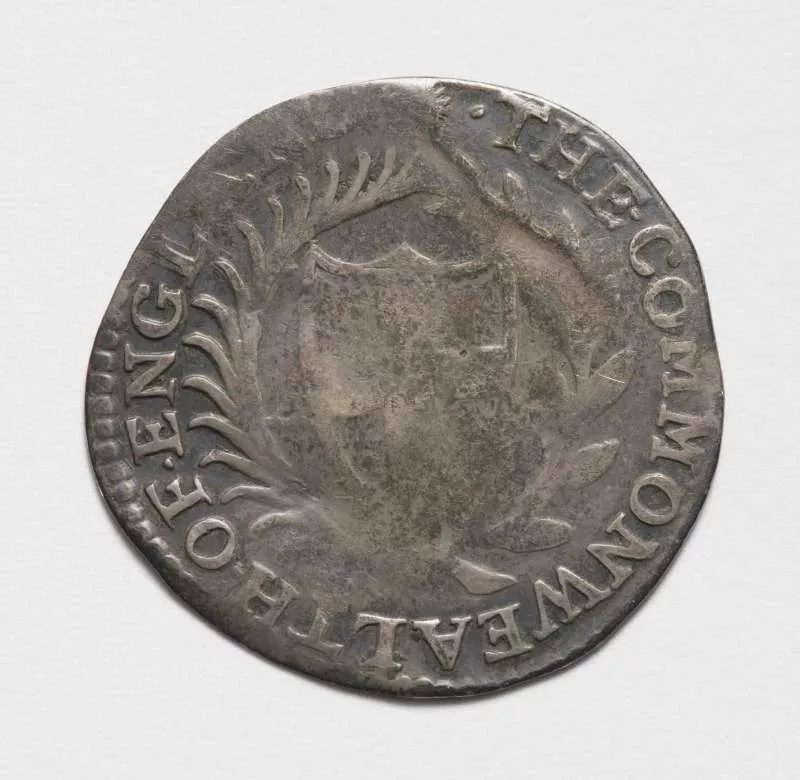
The word ‘Commonwealth’ was used in the period after the death of Charles I, but discontinued after Charles II was later restored to the throne. Originally meaning simply ‘public welfare’, the term came to refer to ‘a state in which the supreme power is vested in the people; a republic or democratic state’. Alfred Deakin was deliberately harking back to the seventeenth-century English Commonwealth when he suggested that Australia be known as ‘Commonwealth of Australia’ after Federation.
